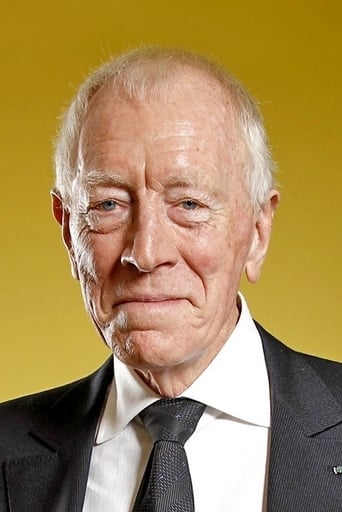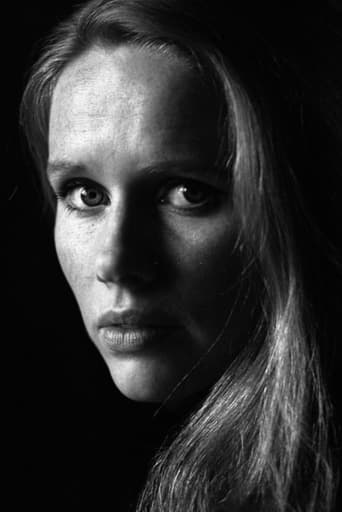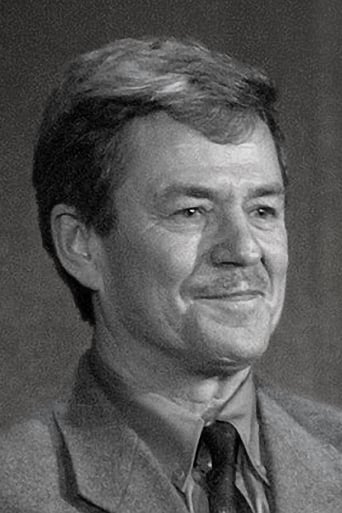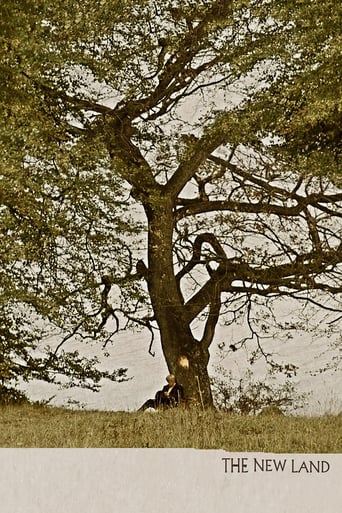
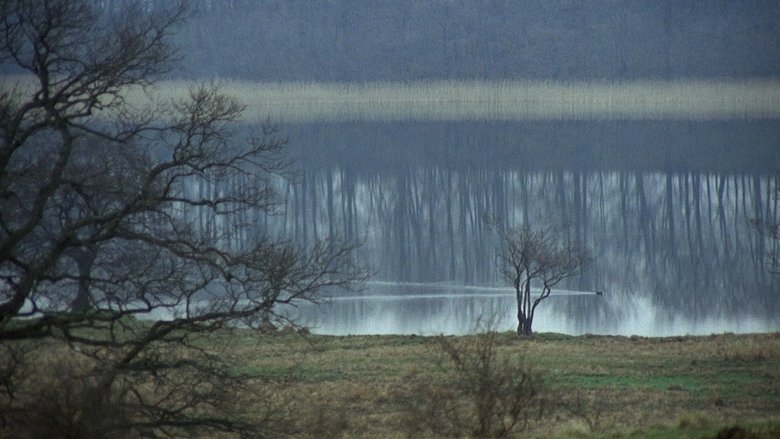
The New Land (1972)
A Swedish immigrant family struggles to adapt to their new life on the American frontier during the second half of the 19th century amidst civil war, native uprising and the lure of gold in California.
Watch Trailer
Cast
Reviews
To me, this movie is perfection.
Really Surprised!
Plenty to Like, Plenty to Dislike
True to its essence, the characters remain on the same line and manage to entertain the viewer, each highlighting their own distinctive qualities or touches.
The second half of Jan Tröll's huge epic film goes beyond the expectations of even those who recognize the greatness of the first part (THE EMIGRANTS). This is a film that attempts to show most of an entire life, and it succeeds. While specific in the period, setting and character backgrounds, it's ultimately a universal experience. We see the great struggle of human existence played out against hardship, joy, horror and tragedy. All of it told through acting, directing and a poetic visual style that drive home the themes, and haunt the memory long afterward. The cast is headed by two of Ingmar Bergman's best-known and lauded stars (Liv Ullman and Max von Sydow, as Kristina and Karl Oscar) along with an astonishing young actor, Eddie Axberg, as Robert.Great moments come and go, sometimes lingering on the screen, sometimes gone in a flash. Tröll spares the viewer nothing as far as life's harsh realities go. He takes chances too. Midway through THE NEW LAND, we are shown a lengthy flashback of Robert's harrowing ordeal when he and a friend leave Minnesota to find gold in California. Things go terribly wrong, and the sequence can resemble the writing of Cormac McCarthy in its grim poetry--told mostly without dialog and a percussion-only score. Not many directors would have risked it, but he sequence adds immeasurably to Robert's tragic character. In the end, this is Karl Oscar's story, with Max von Sydow in what could be his greatest role. All the wonder and sadness of life is in his performance, and up there on the screen. This is a great film by any standard.
Swedish screenwriter, film editor, cinematographer and director Jan Troell's fourth feature film which he edited, photographed and co- wrote with Swedish screenwriter and producer Bengt Forslund, is an adaptation of the novels "The Settlers" (1956) and "The Last Letter Home" (1959) by Swedish author Vilhelm Moberg (1898-1973) which is the last two parts of his tetralogy, "The Emigrants suite" (1949-1959). It premiered in Sweden, was shot on locations in Sweden and USA and is a Swedish production which was produced by Bengt Forslund, is the second and last part of a two-part film and was preceded by "The Emigrants" (1971) and was produced by Bengt Forslund. It tells the story about Karl-Oskar Nilsson and Kristina Johansdotter who after having emigrated from Småland, Sweden with many other Swedish emigrants, travels from New York City, USA to an area in Taylor Falls, Minnesota, USA. Karl-Oskar finds and claims a piece of land for his family at a place called Ki-Chi-Saga and there they settle after saying goodbye to his brother Robert and his friend Arvid. Acutely and engagingly directed by Jan Troell, this period drama set against the backdrop of America during the late 1850s and 1860s, draws an extensive and gripping portrayal of a group of Swedish emigrants who travels to the United States to make new and better lives for themselves and a compassionate portrayal of a relationship between a peasant and his wife who are striving to support their children and themselves in a foreign country during the American Civil War. While notable for its poignant production design by Swedish art director P.A. Lundgren (1911-2002), the brilliant cinematography by Jan Troell and the fine costume design by Swedish costume designer Ulla-Britt Söderlund (1943-1985), this character- driven and dialog-driven epic examines themes like family relations, interpersonal relations, friendship, poverty, religion, cultural differences, love, courage and dignity.With the natural surroundings playing an important and symbolic part of the story and depicting various character portrayals, this reverent sequel becomes an in-depth study of character, has a distinct atmosphere which is emphasized by the naturalistic milieu depictions and the efficient score by Swedish composers Bengt Ernryd and Georg Oddner (1923-2007) and is impelled and reinforced by the empathic and involving acting performances by Swedish actors Max von Sydow and Eddie Axberg, Norwegian actress Liv Ullmann and Swedish actress and singer Monica Zetterlund (1937-2005). A finely narrated and illuminating historic drama which was nominated for an Academy Award for Best Foreign Language Film at the 45th Academy Awards in 1973 and gained, among other awards, the NBR Award for Best Actress Liv Ullmann at the National Board of Review Awards in 1973, the NSFC Award for Best Actress Liv Ullmann at the National Society of Film Critics Awards in 1974 and the Guldbagge Award for Best Actor Eddie Axberg and Best Supporting Actress Monica Zetterlund at the Guldbagge Awards in 1972.
The New Land is a sequel to the 1971 Swedish film, The Emigrants. Karl Oskar and Kristina begin their new life in Minnesota. It is not easy in America. The immigrants clear the land and build cabins. We see in Kristina's face that she misses Sweden. Kristina and the prostitute, Ulrika, are friends now. Ulrika models her new hat. Robert and Arvid set off to dig for gold in California. Liv Ullmann as Kristina is beautiful, her long golden hair down on her shoulders. More Swedes arrive in Minnesota. Karl Oskar plows his fields. Robert returns a broken man. The Civil War is fought. Indians threaten. Kristina finally pines away in the new land. Karl Oskar lives out his life. The sense of mission in the first film gives way to the drama of everyday life.
"The New Land" is the second half of a story started in Troell's "The Emigrants," which depicted the struggles of a band of Swedish peasants in their move to America. Here, several of the settlers- such as the priest and the prostitute- move away in the first half-hour and reappear here and there throughout the rest of the film. The plot focuses on Karl-Oscar, his wife Kristina, and the family they try to raise in the Minnesota wilderness.Von Sydow and Ullmann are given a chance to embellish on their characters, and they both do excellent work. Axberg also does a fine job of lending more depth to the character of Robert, Karl-Oscar's rebellious younger brother. There is also material worked in that examines the mistreatment (and eventual uprising) of local Native Americans and the futile searches for gold in the north. These other elements do not always seem to fit with the central story, but they effectively add to the sense of time and place anyway."The New Land" does not have the same emotional impact that "The Emigrants" had, but it develops the two central characters more and intelligently explores how they learn to adapt to their new life. Put together, these two films convincingly illustrate the plight of those who forged our frontier.
